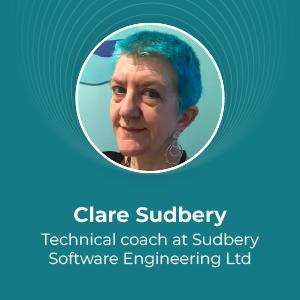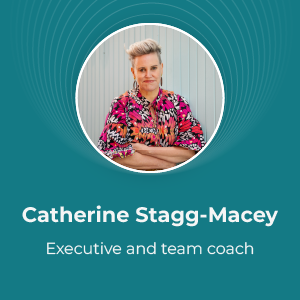
When you’re delivering a new digital service in the UK public sector, you’ll go through four phases: discovery, alpha, beta and then live. Every stage has an important part to play in determining whether and how to move to the next. The aim is to ensure any service you invest taxpayers’ money in, solves a real-world problem, and does so the best way possible.
We’re often asked about what happens in each phase, and how to maximise the value the government department gets from it. This is the first in a series of blog posts looking at the four phases of public sector digital projects.
Here, we cover discovery. You can also read about alpha, beta and live, which are coming out shortly for this series.
Why run a discovery?
First off, why do you need a discovery?
Any digital service needs to solve a problem. The discovery is a structured way of making sure you understand the problem and test any assumptions or preconceptions, before committing time and resources to attempting to address the issue. A well-run discovery will ensure you don’t waste taxpayers’ money building digital services that don’t solve a real problem, or that ultimately deliver poor returns on investment.
What happens during discovery?
The government’s agile delivery community has a good overview of what happens during a discovery and what you should aim to be getting out at the end.
Rather than repeat the key points here, we wanted to focus on some ways you can maximise the value you get from any discovery you run.
How do you run a successful discovery project?
- Identify and recruit your users for testing as early as possible
Discoveries are all about getting insights from the people for whom you’re looking to solve a problem, so talking to your users is central to the process.
One of the most time-consuming parts of a discovery can be finding the right people to talk to, and then getting time in their diaries (particularly if they’re in senior roles). This is exacerbated when you’re working in a relatively specialist area, where your user base is small.
Before the discovery begins, you as the commissioning government agency can help your delivery partner by identifying and provisionally blocking out time with the necessary people for interviews. This minimises delays during the discovery itself.
And to find people from outside your organisation (if applicable), consider using a research recruitment agency (but be very specific in terms of your requirements), targeted social media advertising, or your existing mailing lists.
- Source both qualitative and quantitative data – and ensure your sample is diverse
While you’ll get significant, rich insights from your qualitative user research during a discovery, the limited timeframe in which you need to complete the work necessarily means your sample size for qualitative analysis will be relatively small. You can offset this by running quantitative research in parallel, such as surveys. This will give you a larger sample size, from which you can draw conclusions with much greater confidence.
What’s also important is to ensure the sample of people you interview/survey is diverse. While it can be tempting to speak to whoever is easiest to get hold of, this risks skewing results and overlooking important perspectives. The work required to find those hard-to-reach groups will pay off in terms of the much higher overall value you get from your discovery at the end.
- Agree and write down your expectations and measures of success
While it’s important not to pre-determine the outcome of your discovery, it is helpful to establish upfront with your supplier what ‘good’ looks like at the end, from the perspective of your senior stakeholders and sponsors. As part of these discussions, make sure your supplier understands the strategic space in which the discovery is happening, and the measures of success. Get this agreed and written down upfront, so that all involved are clear on it.
- Give the alpha team a steer on where to start work
While not every discovery will lead to an alpha, if the conclusion of yours is to continue, then there are some things your discovery team can do to give the alpha team the best-possible foundations.
Firstly, it’s helpful to have the key user journeys written down, since these will form the backbone of the prototype you begin creating.
Secondly, it’s useful for the discovery team to be opinionated in their recommendations around the direction the alpha should take. Even if this doesn’t end up being the correct route, it will avoid situations where an alpha team needs to re-run elements of the discovery to shape the direction of alpha.
What does a discovery project look like?
Want to understand one in action? You can read a customer story of a successful discovery we ran for Hackney Council, to help lay the groundwork for its new electoral management system.


